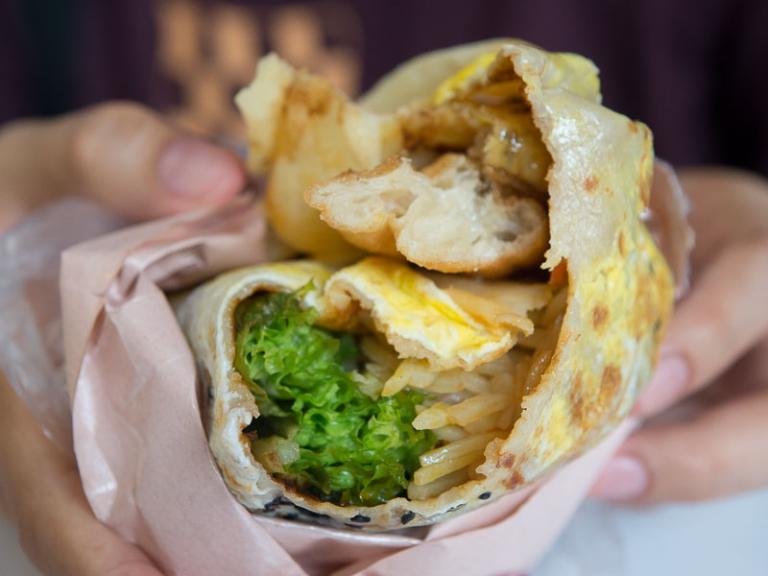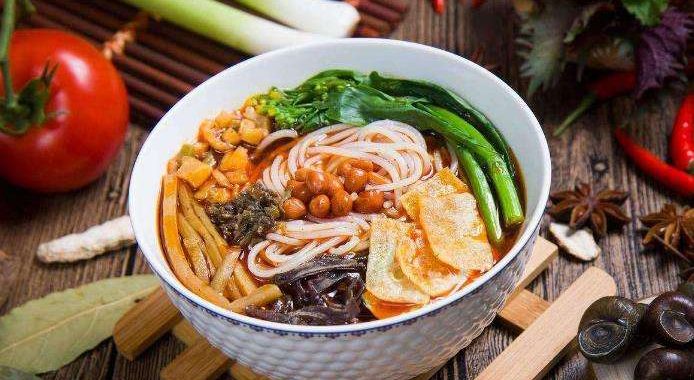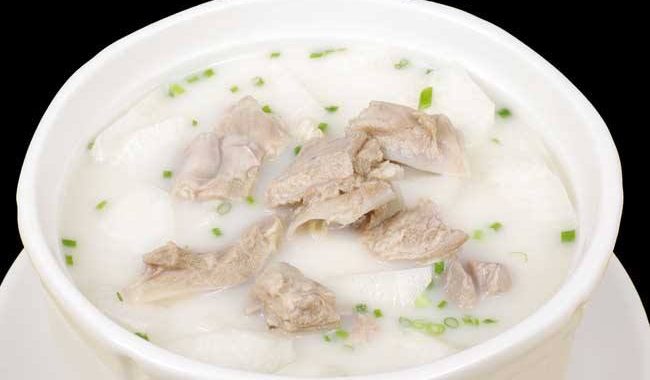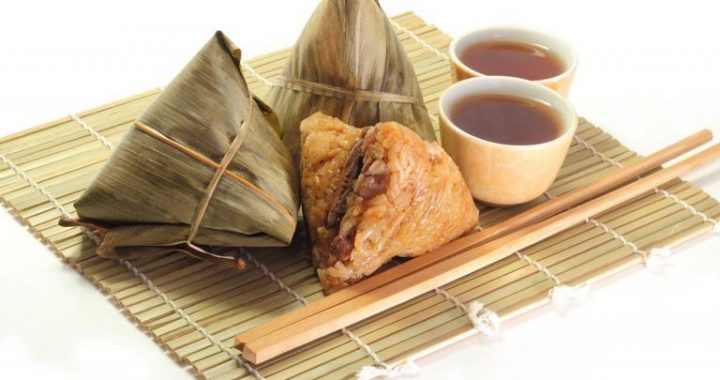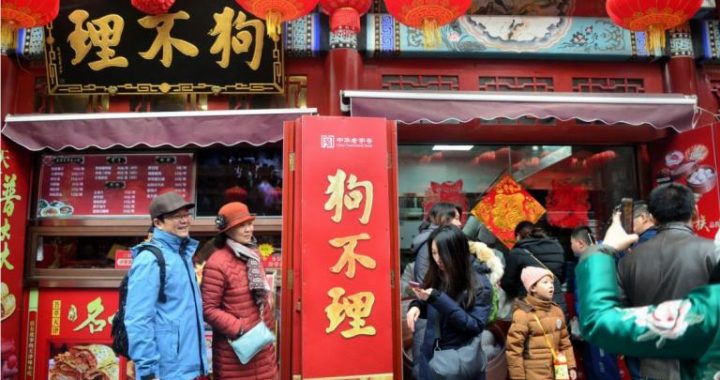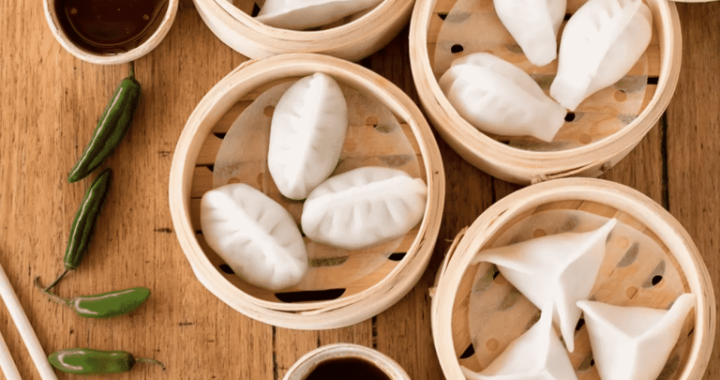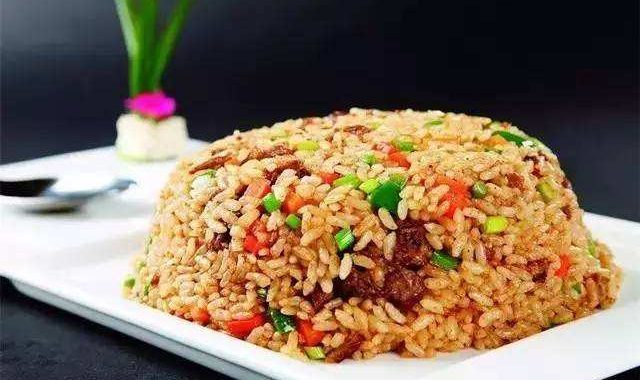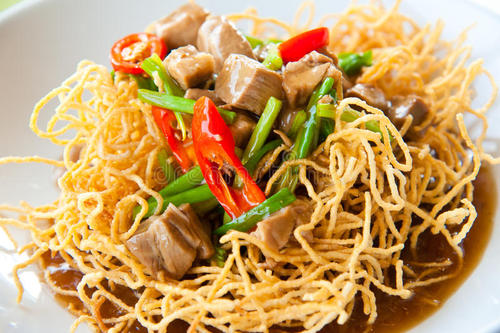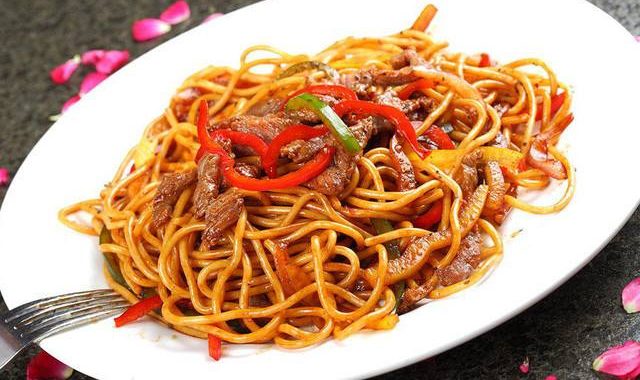Snacks from around China
7 min readSnacks are different from main meals in that they are foods that can be enjoyed at any time.
People eat snacks to stave off hunger or because they want to enjoy a quick bite of food. Chinese snacks usually have strong tastes and smells. Generally speaking, snacks from the north of the country are firm and salty, while snacks from the south are delicate and sweet. Most Chinese snacks are tasty and cheap. Therefore, while traveling around China, one does not need to eat expensive dishes in grand restaurants. Instead one can save money and eat snacks bought from roadside restaurants or street peddlers. Many Chinese snacks reflect local customs, history and culture.
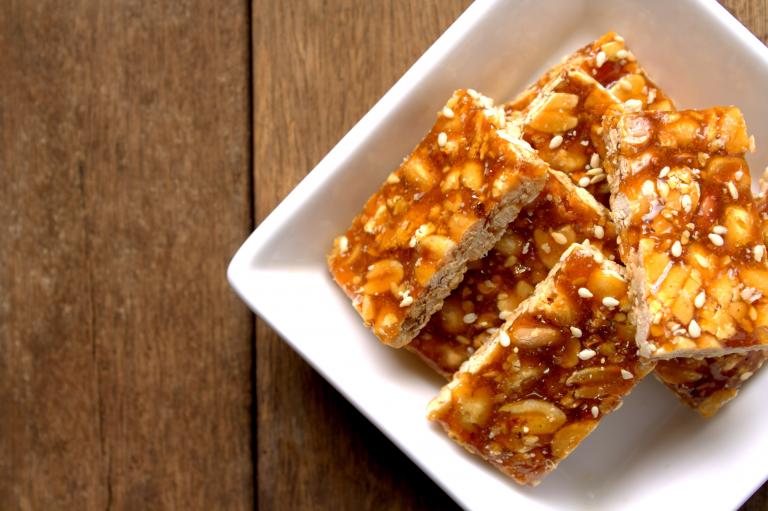
They are a unique delight that should not be considered as simply a way to alleviate hunger.
In the following pages we will explore China through its snacks.
The ancient city of Xi’ an is our first stop.Tourists are drawn to this city by attractions such as the terracotta warriors and the Giant Wild Goose Pagoda. However, the city’s traditional snacks also attract many visitors. TheSteamed buns soaked in mutton soup:a Xi’ an snack.
Sculptures in a model hand-pulled beef noodle A young Uyghur man preparing kebabs at a bazar in restaurant. This model is in the Lanzhou Intangible Bole, Xinjiang.
The meat of these animals is therefore cooked for feasts and other meals, which results in a lot of leftovers. These bones and scraps are not wasted but are used to make snacks. The raw materials of most Xi’ an snacks are therefore bones, chicken soup, steamed buns and pancakes. These ingredients are either boiled or soaked with additionalingredients such as pepper and caraway. Some of the most famous Xi’ an traditional snacks are: steamed buns soaked in mutton soup, juicy steamed stuffed buns, sour soup dumplings and gourdheads steamed with ground rice. There are many restaurants that offer steamed buns soaked in mutton soup along the high streets and back lanes in Xi’ an. This food is eaten in a special way: the steamed bun is first split into pieces the size of soybeans, caraway powder and thick chili sauce are then sprinkled and poured onto the bun pieces, hot milky white soup is then added, and the resulting dish is eaten bit by bit from along the edge of the bowl(it is not stirred).
Other famous snacks from this region include crisp and tender roast sheep heads(which can be enjoyed in Yinchuan to the west of Xi’ an), traditional hand-pulled beef noodles(from Lanzhou), thick mutton offal soup(from Xining) and big kebabs(from Urumqi). Sichuan-the”Land of Abundance”-is to the south of Xi’ an. Its capital is Chengdu. Chengdu snacks have a variety of different tastes. They include spicy foods such as Sichuan noodles with peppery sauce, cold noodles and cold jelly, and sweet foods such as Lai’s rice dumplings, deep-fried sesame seed balls, sweet potato pancakes and pumpkin pancakes. They also include bacon smoked with pine needles. This dish is black on the outside and red inside, it is a little hard to bite into but has a strong fragrance.
Other traditional snacks from the city include intestines vermicelli, bean curd jelly in red oil, Long wontons and pork lungs in chili sauce.
Yunnan is to the south of Chengdu. One of the most famous of the province’s snacks is “cross-bridge rice noodles”. The name of this snack is based on the legend of an able and virtuous woman from the Qing Dynasty who invented the soup as a way of looking after her husband. It is said that this woman would send food to her husband who was studying hard on an island. She would do this every day, but her husband would often forget the food and would only remember to eat it after it had got cold. This made the woman very worried. However, she found out how to make soup stay hot by covering it with a layer of chicken fat. She therefore turned her husband’s favorite boiled rice noodles into such an oil soup. To get this soup to her husband she had to pass over a bridge to get onto the island, hence its name:”cross-bridge rice noodles.”When eating this soup, one should eat the noodles before drinking the soup as it is very hot and can scald the unwary.
Beijing and Tianjin are the home of many typical northern Chinese snacks. There are no less than 200 specific types of Beijing snacks. These fall into three categories: the Han flavor, the Hui flavor and the palace flavor. Famous snacks from the city include: Pan-fried starch sausage, quick-fried tripe, glutinous millet paste, mung bean milk, jellied bean curd, stir-fried liver, stir-fried starch knots, deep-fried pancakes, glutinous rice rolls stuffed with red bean paste, steamed rice cakes with sweet stuffing and steamed pork dumplings. Other time-honored snacks that are still enjoyed today include: Quick-fried tripe of “Quick-fried Tripe Feng”, the spiced sauced mutton of Yueshengzhai, the roast meat of Kaorouji and Kaorouwan and the steamed pork dumplings of Duyichu. Beijing natives like drinking mung bean milk, especially in the morning. This drink tastes sour and a little sweet, and it is quite a difficult taste to get used to. In winter, Beijing people like eating candiedfruits. There are many kinds of candied fruits available in the city, including Chinese yams, oranges, dried apricots, black dates and strawberries. However candied hawthorns are the most traditional.
This snack is made by covering sour hawthorns, also called haws, with a thin layer of sugar. They are crystal clear in appearance and very delicious.
Tianjin is a famous port city that is not far from Beijing. Numerous snacks are available in the city, most of which are wheaten foods that have a lot of northern characteristics.”Goubuli steamed stuffed buns”are the most famous Chinese brand of snack in the city. These buns are famous for their thick soup, fresh stuffings and even wrinkles. It is said that each steamed stuffed bun should have no less than 15 wrinkles.”Tianjin big fried dough twists”are another Tianjin snack that is well known both at home and abroad. The most famous type of these dough twists is known as”18hStreet Fried Dough Twists”. These are made under the time-honored brand Guifaxiang. Tianjin big fried dough twists are different from dough twists made elsewhere because they have a variety of Cross-bridge rice noodles: an earthen pot stew. Candied fruits sold at the Beijing Changdian temple fair.
A boy and his mother eating steamed Shanghai’s booming city god temple’ snack street.
These include sweet-scented osmanthus flowers, peach kernels and melon strips. When stored correctly, these dough twists do not lose their flavor, soften or deteriorate, even if they are kept for several months. Tianjin also has a unique snack-the “rice crust dish”. Tianjin people call it the”crust dish”. To make this dish,a large thin fried pancake is cut into shreds and then mixed with salt in a cooker. It has all the five flavors and has a unique taste when it is hot.
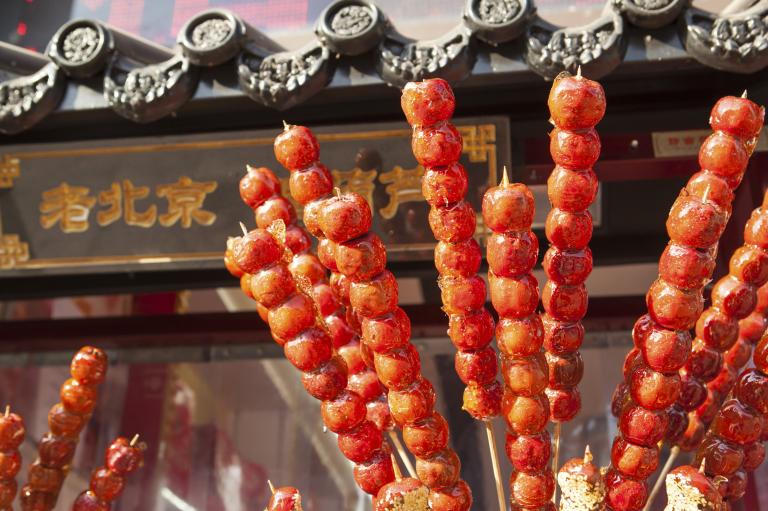
Shanghai has the most famous and special snacks in the whole of the east of China. The City God Temple is the best place of eating snacks in Shanghai. The city’s three main snacks are soup dumplings,”hundred sheets”and gluten. The so-called soup dumplings(which are small-steamer dumplings) are the most famous of these. Good soup dumplings have thin covers and a lot of stuffing and gravy. They have a clear color and do not fall apart when they are handled. Soup dumplings are cooked by putting ten of them into a steamer. The bottom of the steamer is normally covered by fragrant pine needles, which do not stick to the dumplings. Small-steamer dumplings cannot be eaten in a hurry, as they are very hot and can scald. They are best eaten by carefully biting an opening and then sucking out the gravy. Common dips that are enjoyed with these dumplings include Zhejiang vinegar and ginger shreds. Nanxiang small soup dumplings are the most authentic type of Shanghai soup dumpling. It is said that dumplings have been made in the town for over one hundred years.”Hundred sheets”(which is also called “thousand sheets”by Shanghai people) is a multi-layered snack made of bean curd sheets. It tastes bland and refreshing.”Hundred sheets”are used to wrap fresh meat and golden gluten. Gravy and sesame oil is also poured onto long strips of “hundred sheets”along with chopped green scallion. This gives the snack a delicious appearance, smell and taste.
Many of China’s regional snacks share distinctive characteristics. For example, Nanjing’s lotus roots with glutinous rice, spiced quail eggs, beef soup with vermicelli, stir-fried snails, small wontons and duck blood soup are all thick but elegant. Hangzhou’s white chrysanthemum cakes, jasmine West Lake lotus root powder, cat ear noodles and butter cakes are as exquisite and soft as the beautiful West Lake. Fujian’s snacks are mostly made with various kinds of seafood from theregion’s coastal areas and its sandy beaches. Guangdong dishes are mostly fried in shallow oil, steamed or fried. Its fried snacks include lotus seed paste in crisp pastry, crab soup dumplings, steamed pork dumplings, rice noodles, rice noodle rolls, double-layer milk custard and sausage.
These cannot be eaten in too great a quantity, as this will cause excessive internal heat. Because of this Guangdong people are in the habit of drinking cold tea after they eat snacks.
Chinese local snacks, with their special flavors, long histories and distinctive characteristics, complement the country’s regional dishes and are regarded as a precious treasure of China’s eating culture. However, the future of many of these snacks is in danger. Today, many traditional snacks(and their time-honored brands) do not sell well, and some have disappeared or are in danger of disappearing. Although snacks have their roots among the common people, their production is time-consuming and they are therefore not profitable to produce commercially, so some restaurants and other food manufactures have stopped making them. However, all is not lost as “rescuing snacks”has become a project that many ordinary people have become involved with.
